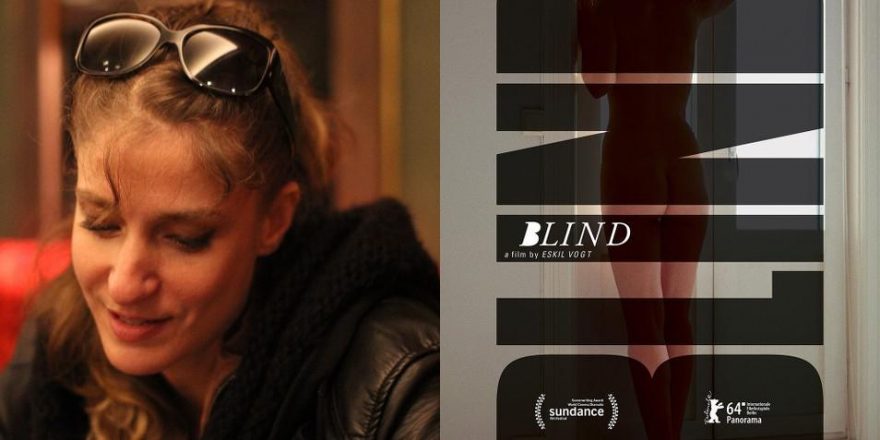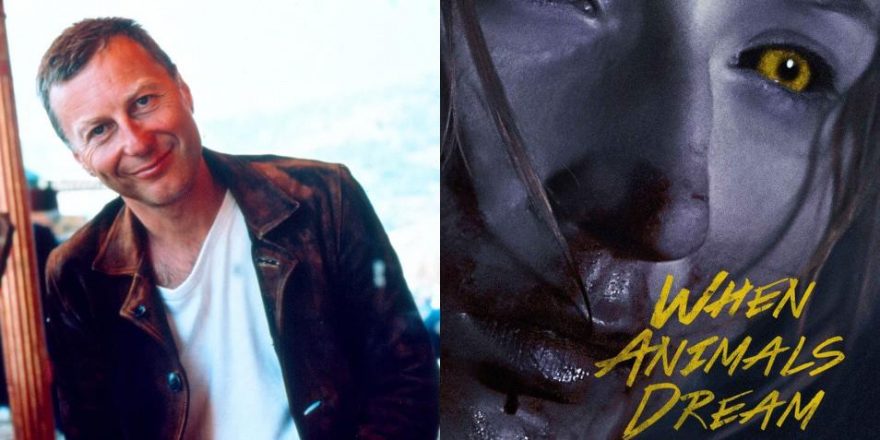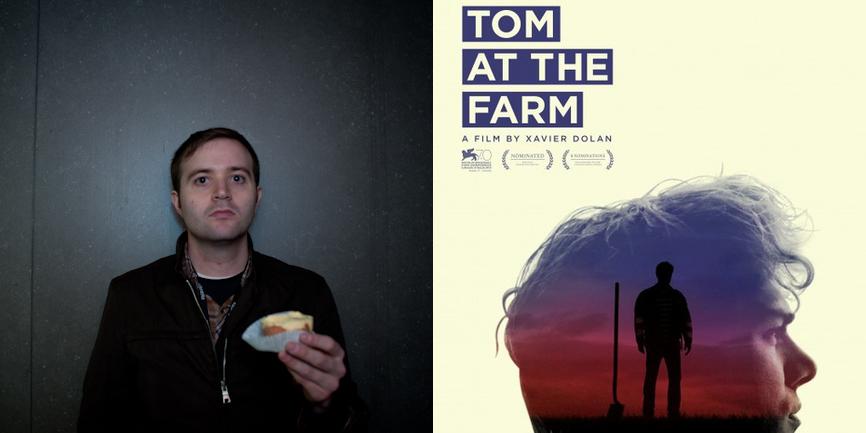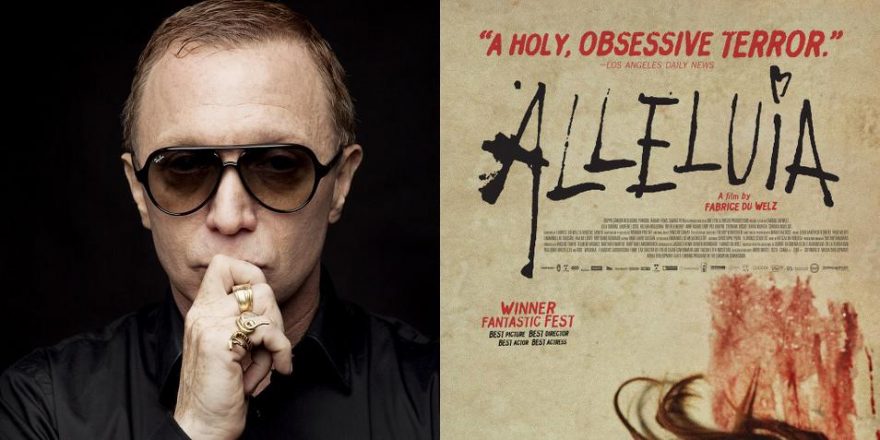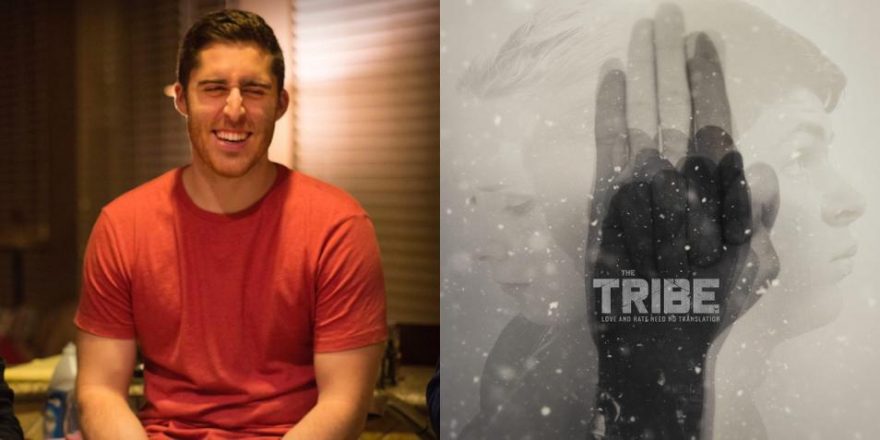Because I tend to gravitate towards that which frightens me the most, films about blindness have often captured my attention. Jocelyn Moorhouse’s Proof (1992) and Terence Young’s Wait Until Dark (1967) are two markedly different representations of blindness that have stayed with me for years. In Proof, a blind man uses photography to prove the veracity of his surroundings. He takes pictures of what he is told is in front of him, and then asks others what is in the picture – do the two descriptions match up? In Wait Until Dark, Audrey Hepburn plays a blind woman who unknowingly harbors a heroin-filled doll. When criminals come looking for it, she turns her blindness into an asset by…waiting until dark.
The Norwegian film Blind, written and directed by Eskil Vogt, now joins these in my mind as a resonant cinematic portrayal of blindness, both literal and metaphorical. In Blind, Ingrid (Ellen Dorrit Petersen), a woman who has gradually lost her sight to an unnamed disease, refuses to leave the apartment she shares with her husband, preferring to stay in and write.
We meet additional characters: Ingrid’s husband, Morten (Henrik Rafaelsen); a woman named Elin (Vera Vitali); and the man in the apartment across from Elin, Einar (Marius Kolbenstvedt). Einar is addicted to internet porn, a predominantly visual experience, which doesn’t leaven his feelings of isolation and loneliness. Einar expresses a longing for the days immediately after the 2011 terrorist attacks in Norway, when it felt to him as if people came together and for a moment he no longer felt invisible.
Elin, we learn, is estranged from her child, Kim. When Kim appears initially as a boy and then as a girl, we begin to question the reality of the characters. Ingrid is writing these characters. Do they exist at all?
It’s not just the subject of blindness that is interesting but also the question of how to build a visual language that represents the absence of the visual. Credit is due to Jens Christian Fodstad for editing the narrative in a way that mimics Ingrid’s and our own non-linear imagination. Frequently trying to distinguish for myself what I actually remember and what is a memory built from photographs and family stories, I empathize with Ingrid as reality crashes into fiction, imagination into the senses, what she fears into what she wants, belief into hope, dreaming into waking, drinking into sobriety, trying into giving up, and creating into experiencing. When she gets drunk, the movie gets drunk; when she is sad, the movie is sad; and when she is pregnant, the movie is pregnant.
The late Oliver Sacks, who suffered from prosopagnosia (an inability to recognize faces) and eventually lost sight in his right eye, wrote a book called The Mind’s Eye. In an interview with Steve Silberman, he said:
In general terms, I learned that the brain is always busy. In particular, if a sensory input — whether it be vision or hearing or kinesthesia — is taken away, there will be some sort of compensation, and the cortical systems involved in those representations will become hyperactive. This first became clear to me when I spoke to various blind people. One man, for example, who had lost his sight when he was about 20, said that when he read Braille, he didn’t feel it in his fingers, he saw it.
For myself, I was very struck by this “filling in” business. The first thing that struck me was when I was in hospital and I could pay more attention to these things — perhaps too much attention. But the scotoma in my vision, the blind area, was almost like a window looking into a landscape. I could see movement, and people, and buildings in it — things like those my brain concocts while I’m falling asleep or before a migraine. But this seemed to be going on continuously.
It’s seeing the way the mind sees, rather than the way the eye sees, that Blind does so well. Sometimes Ingrid feels herself being watched – and we, like her, don’t know whether she is being watched or not. Her bright, light, white apartment may not be bright, light and white at all. Do people see us for who we think we are? Are we able to see others?
I knew a woman once who had dementia. When her daughter could no longer care for her and had to commit her to a home, she met a man also suffering from dementia. Each believed the other to be their dead spouse, and they fell in love. She was happier than I had ever seen her, despite the fact that this man had not one single personality trait of her beloved dead husband. So…where does the reality lie? More importantly, does it matter? Blind shows us that relaxing into the fuzzy, non-distinct space where those questions don’t get answered might make life more enjoyable.



